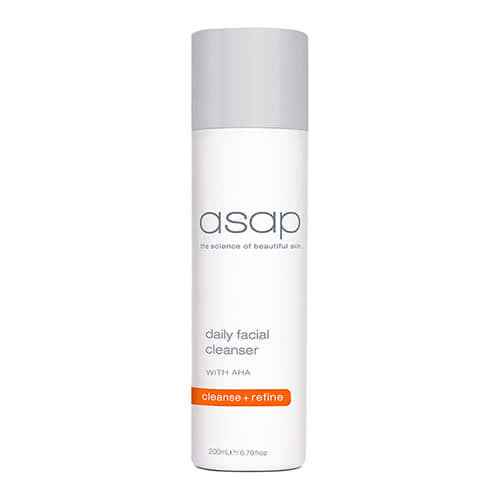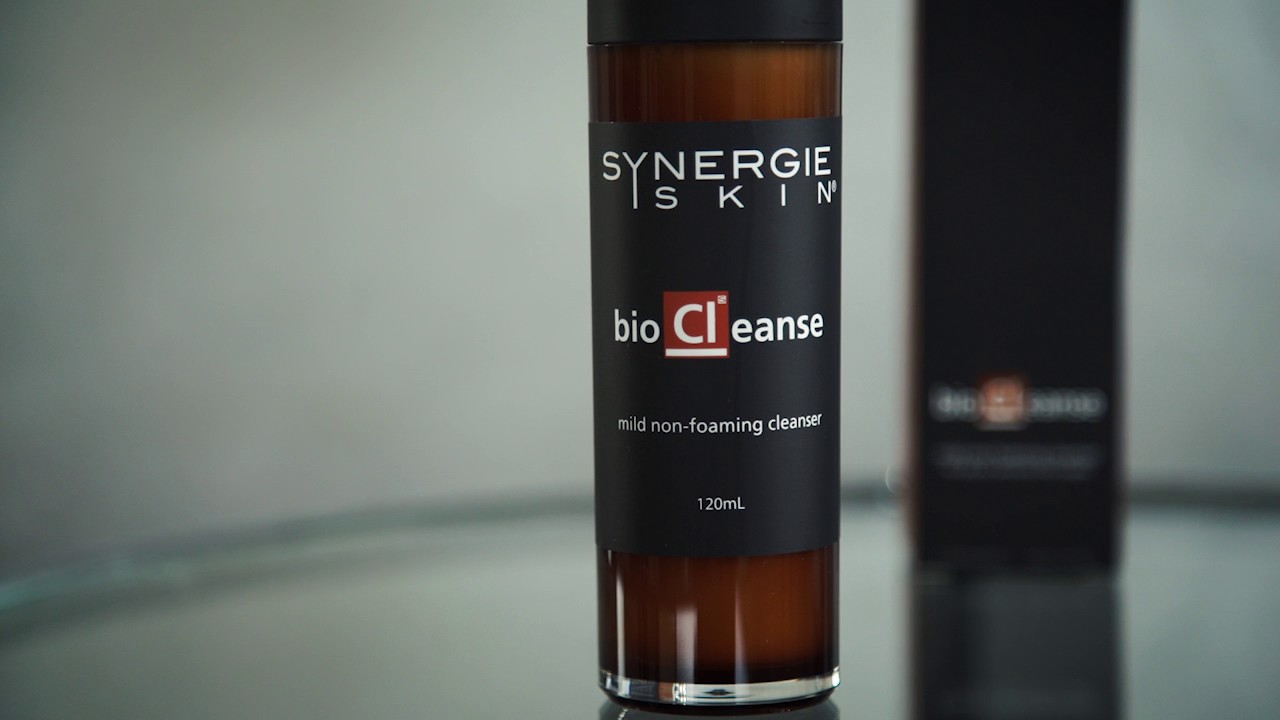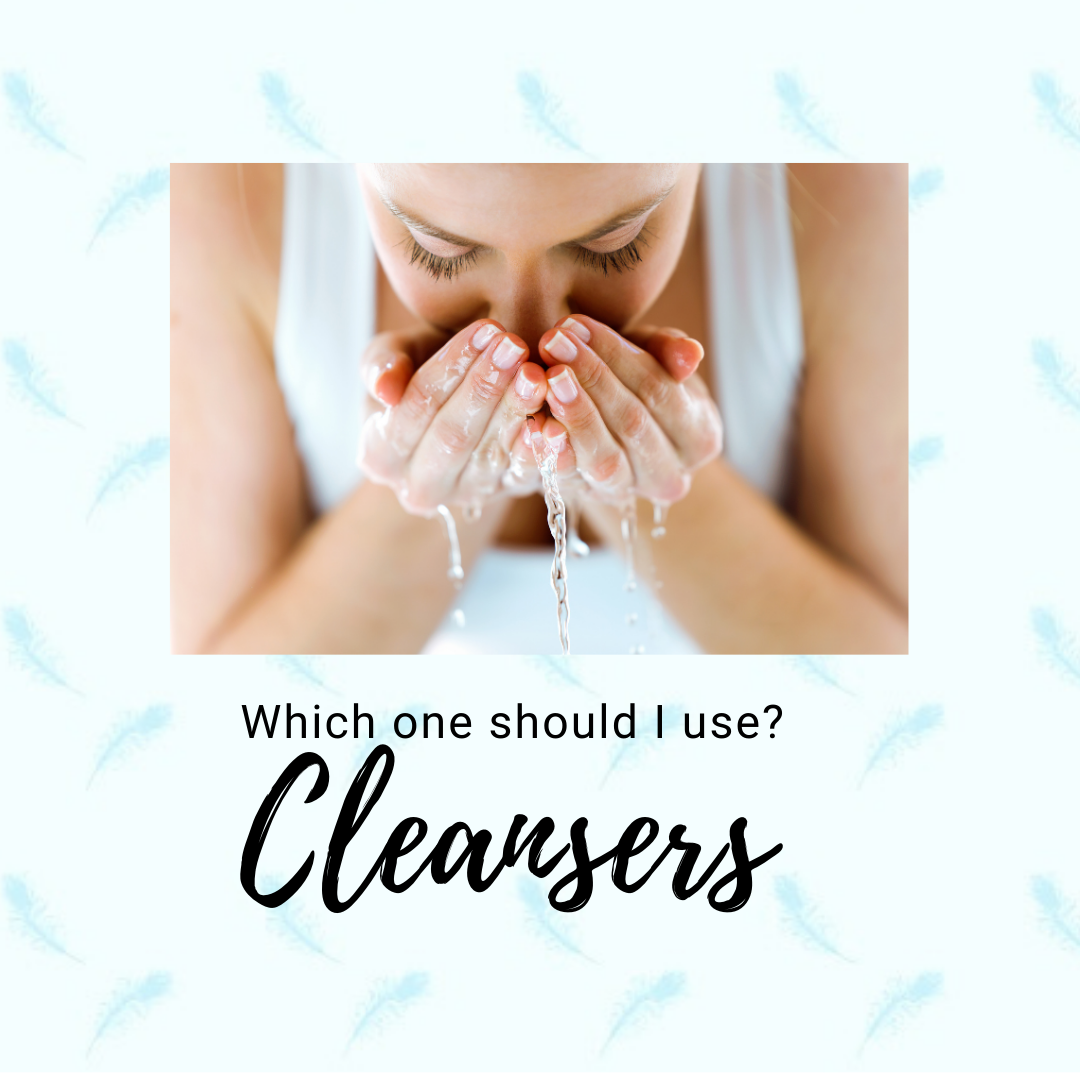Skincare
Cleanse your way to healthy skin.
There is no one-size-fits-all option when it comes to the right cleansing product for your skin. A good cleanser is the foundation of any morning or nighttime skincare regime.
As your cleanser is the starting point of your daily skincare routine, it’s important to use the right cleanser to kickstart your skincare routine, and not undo the good work you may be doing with your other products.
Step 1: What’s your skin type?
Choose cleansers for your particular skin type only, since these products are less likely to contain ingredients that may make your complexion worse. The classic mistake we see is someone with sensitive skin using a product that is too aggressive for their skin type. Typically sensitive skin products are also low in allergens to reduce the risk of irritation.
Oily skin: Tends to become shiny or feel greasy before the day is over. Your pores may be large and clogged, and you might be prone to blackheads and acne. Use cleansers with AHAs which help exfoliate. Foaming cleansers can also be safely used for oily skin. We like ASAP daily facial cleanser or Osmosis Deep Clean for this purpose.

Dry skin: Looks dull and flaky. Dry skin is also prone to irritation, so you may find that your skin becomes red or blotchy when you don’t moisturise often. Use cleansers that are cream-based or oil-based, as these won’t strip the natural barrier from your skin. Our Favourite is Universkin Nexultra O cleanser or The Skincare Company daily cleanser.

Combination skin: May have both oily and dry areas, or may change texture or reactivity with the seasons. One of our favourite cleansers for combination skin is Osmosis Purify, which uses Pineapple enzymes to deep clean the skin.
Sensitive skin: Tends to break out, develop rashes, or burn and sting when you try new products. You may also find that your skin is sensitive to the sun, prone to dryness, and sensitive to temperature changes. Again Nexultra O cleanser is great for sensitive skin, as is Synergie Biocleanse.

How to choose the right cleanser:
- Stick with one cleanser, and use it only when your face actually needs to be washed. This may only be once a day, for sensitive or drier skin types.
- Consider using products from the same range. Products from the same line are designed to work well together, but it’s not mandatory. If you have sensitive or reactive skin, using products from the same line may minimise the risk of a reaction because if a specific product doesn’t irritate your skin, other products in the line may also be free of the same ingredients.
- Ask your skincare professional. We have experience with many different product ranges and can guide you in classifying your skin type and choosing the appropriate cleanser for your skin concerns.
How to cleanse safely.
The way you cleanse can affect your skin almost as much as the cleanser you choose. To cleanse your skin safely and effectively, follow these rules:
- Only wash your face when you need to remove oil, dirt, or makeup.
- Use a clean cloth every time you clean your skin.
- Don’t scrub; your cleanser works just fine without force.
- Don’t use make-up wipes as they generally irritate your skin
Double cleansing:
You may have heard the term “double cleansing”.
This is a two-step cleansing process involving a cleansing oil, micellar water or balm to remove makeup, sunscreen, sebum and environmental pollutants that sit on the top layer of the skin. This is then followed by a water-based cleanser to penetrate the pores to remove any other skin irritants such as sweat, dirt and skin care residue.
Usually it’s only necessary to double cleanse once a day, at night.
Moisturise After Cleansing
Moisturiser restores what the cleanser may have stripped from your skin and prevents dryness and irritation. Again, it is important to use a moisturiser appropriate for your skin type, and don’t forget the sunscreen!

